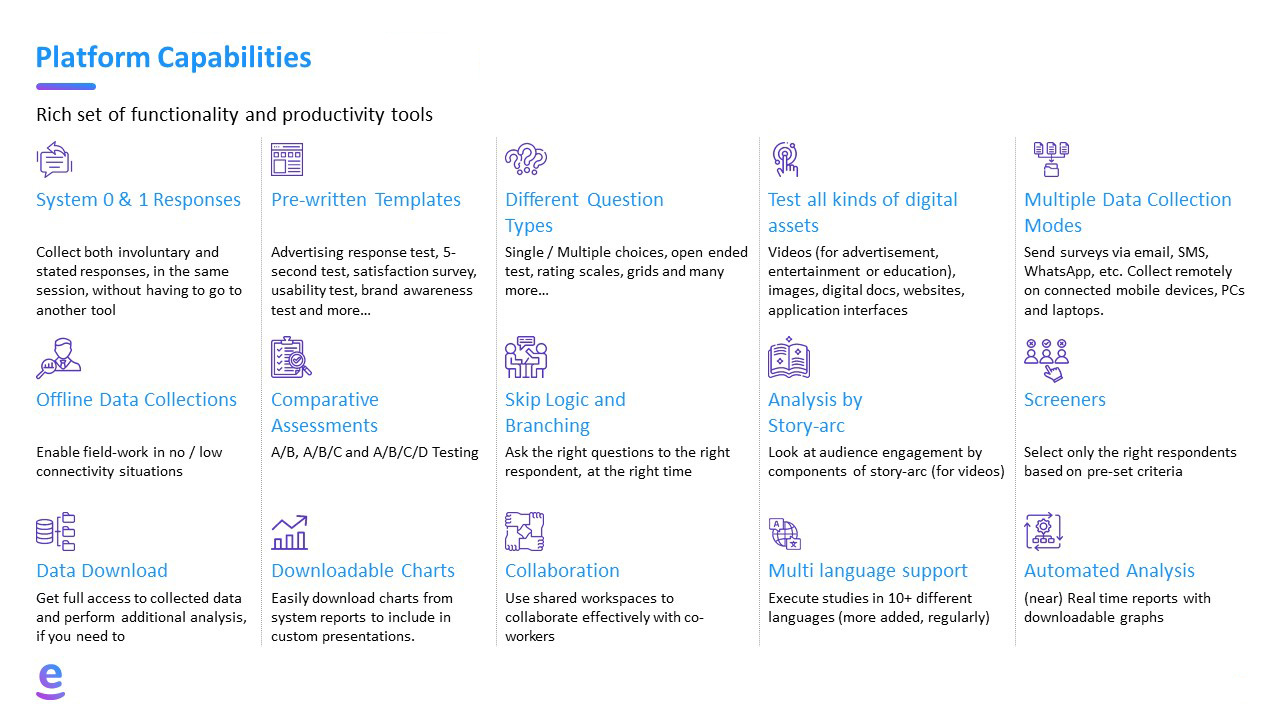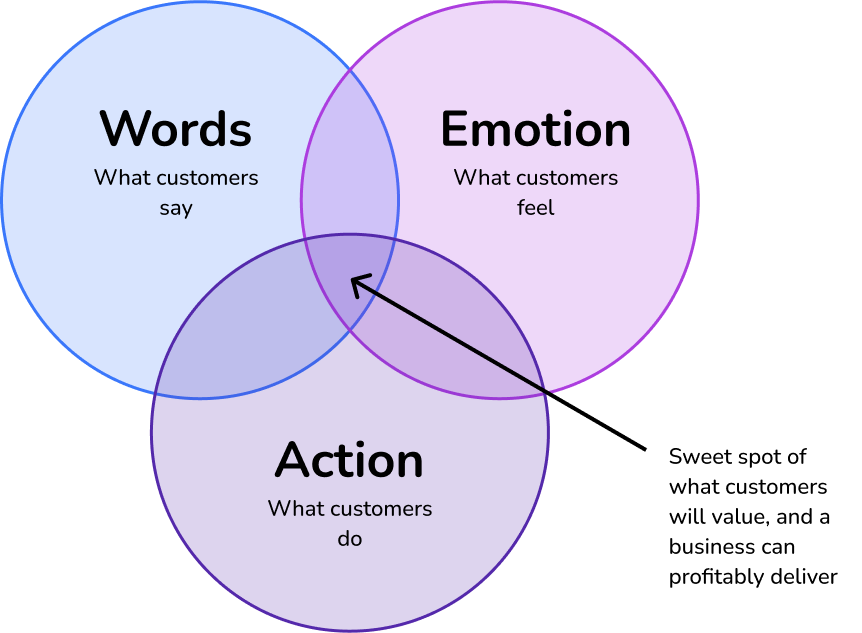Shoppers have changed. Isn’t it time, you changed how you try to learn about them?
Most of today’s shoppers are treating shopping like an extreme sport. One minute they’re scrolling through deals online, reading reviews like they’re studying for finals. The next minute, they’re sprinting to the store to see if that “must-have” item actually looks as good in person. Then they’re scrolling on their phones comparing prices, hunting for offers and promotions, or relegating an item to their watch/wish list. These shoppers are mavericks, blending and personalizing online and in-store shopping like their own signature cocktail – shaken, and stirred, and just right for their particular palate.
Forget those old surveys you used to gather shopper insights; those long, detailed surveys that were exhausting for customers to fill out (there were a lot of drop-offs and straight-lining) and torturous for researchers and marketers to analyze. Those were a little light on the “why” behind the numbers.
IMHO, those surveys led to data like a glass of murky water instead of the blended cocktail you needed to kick it up a notch. So please mix things up! Embrace the videos and chats that let you measure unspoken shopper emotions – like adding that perfect twist of lemon or a dash of bitters to your market research. Get richer data to blend the right mix, creating a concoction of insights that truly captures the shopper’s mind. And here’s the kicker – it’s not that impossible or expensive.
There are plenty of experts out there who’ve crafted solutions blending quantitative and qualitative data at scale. Shopper insights can be interactive. Imagine a reality show where shoppers start shopping online, hunt for coupons, visit retail stores, and make the final purchase either online or in-store. Now, we can ask shoppers to take short surveys, record their screens while browsing, chat with us while browsing, and even take videos when in-store. It’s richer data and far more contextual and immersive insights. Marketers and product designers can embed themselves in the lived experience and the shoppers’ mindset to tailor their strategies, communication, and design. They can hear, in the shoppers’ own voice, what they feel about the brand vs. competitors. For numbers, turn to retail audit suppliers like Nielsen, IRI or SPAR and your online behavioral analytics tool. To build empathy embrace new tools. So, raise your glass to innovation and deeper understanding. Cheers to that!



